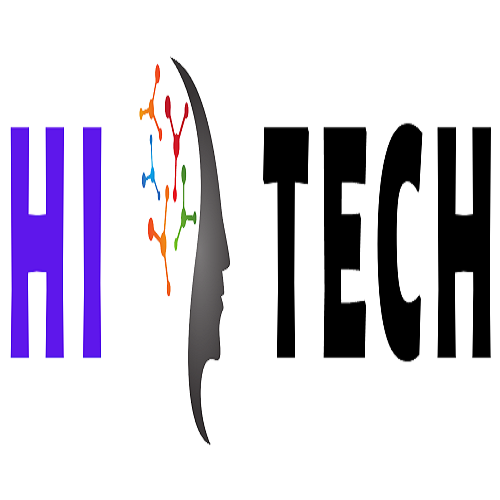Introduction:
The
world of technology is constantly evolving, and one of the most exciting
advancements in recent years has been the development of 2nm chips. These tiny
but powerful chips are set to revolutionize the way we use technology, from
smartphones to supercomputers.
Size of Chip:
At
just 2 nanometers in size, these chips are incredibly small, allowing for
faster processing speeds, lower power consumption, and increased efficiency.
This is achieved by packing more transistors onto the chip, with each
transistor being just a few atoms wide.
To
put the size of these chips into perspective, a human hair is typically around
100,000 nanometers in diameter, meaning that 2nm chips are 50,000 times smaller
than a single hair. This incredible size reduction has been made possible
through years of research and development in the field of nanotechnology.
Benefits:
The
benefits of 2nm chips are numerous. Firstly, they allow for faster processing
speeds, enabling devices to perform complex tasks more quickly and efficiently.
This is particularly important in the world of artificial intelligence and
machine learning, where large amounts of data need to be processed in
real-time.
Energy Consumption:
Secondly,
2nm chips are far more energy-efficient than their predecessors, reducing power
consumption and helping to mitigate the impact of technology on the
environment. This is especially important as the world becomes increasingly
reliant on technology and energy consumption continues to rise.
In Healthcare and industries:
Finally,
the small size of 2nm chips means that they can be integrated into a wider
range of devices, including wearables and implantable medical devices. This
opens up new possibilities for the use of technology in healthcare and other
industries.
Challenges:
Despite
the many benefits of 2nm chips, there are also some challenges that must be
overcome. One of the biggest challenges is the manufacturing process, which
requires extreme precision and control over the atomic structure of the chips.
This requires the use of advanced manufacturing techniques and equipment, which
can be costly and time-consuming.
Another
challenge is the potential for quantum effects to come into play at such a
small scale. These effects, which are governed by the laws of quantum
mechanics, can cause unpredictable behavior in electronic devices and may need
to be taken into account when designing and manufacturing 2nm chips.
Working on Development:
Despite
these challenges, many tech companies are already working on developing 2nm
chips, including Intel, Samsung, and TSMC. These companies are investing
heavily in research and development to overcome the challenges and bring these
chips to market as soon as possible.
As
I mentioned earlier, 2nm chips are incredibly small and pack more transistors
onto the chip than ever before. This is achieved through a process called
extreme ultraviolet lithography (EUV), which uses beams of light with extremely
short wavelengths to etch intricate patterns onto the chip's surface.
Performance:
One
of the key benefits of 2nm chips is that they offer increased performance while
using less power. This is because the transistors on the chip are smaller and
closer together, which reduces the distance that electrons need to travel
between them. This, in turn, reduces the resistance and heat generated by the
chip, resulting in increased performance and efficiency.
Security:
In
addition to their increased performance and efficiency, 2nm chips also offer
improved security. This is because they can incorporate more security features
onto the chip, such as hardware-based encryption and secure boot, which can
help to protect against hacking and other cyber threats.
Despite
the challenges, the potential benefits of 2nm chips are enormous. They have the
potential to transform the way we use technology and usher in a new era of
faster, more efficient, and more secure devices. As such, it is likely that we
will see widespread adoption of 2nm chips in a variety of industries and
applications in the years to come.
In Field of Autonomous Vehicles:
Another
area where 2nm chips are expected to have a significant impact is in the field
of autonomous vehicles. These chips can process massive amounts of data in
real-time, allowing autonomous vehicles to make split-second decisions and respond
quickly to changing road conditions. This could help to make autonomous
vehicles safer and more reliable, ultimately reducing the number of accidents
on the road.
In Manufacturing:
In
terms of manufacturing, the development of 2nm chips is a complex process that
requires a high degree of precision and control. This has led to significant
investment in research and development by tech companies, as well as the
construction of new manufacturing facilities equipped with the latest equipment
and technology.
Conclusion:
In
conclusion, 2nm chips are set to revolutionize the way we use technology,
offering faster processing speeds, lower power consumption, and increased
efficiency. While there are some challenges to overcome, the benefits of these
chips are clear, and we can expect to see them integrated into a wide range of
devices in the years to come.







0 Comments